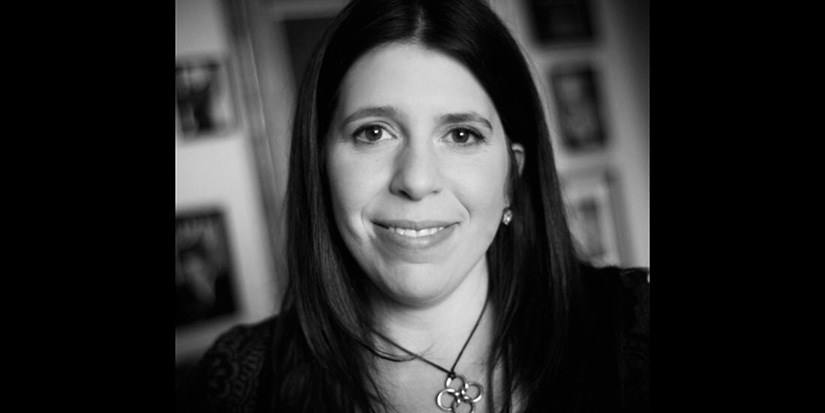Despite a busy schedule, that includes running her own business, B.C. mom Kathy Marliss finds time to update a social media page several times each day.
The Richmond resident started the BC School COVID Tracker Facebook page in September to help keep parents and educators informed during the pandemic.
With a household at high risk medically, Marliss wanted to be in the know about the COVID-19 situation in schools.
She first connected with a dad in Quebec who had created a website tracking school exposures.
That inspired her to create one for B.C. schools, always wanting to ensure the information she shares is “fact-based, and validated” backed by letters from public health or school administrators.
Along with her counterpart, a Vancouver Island mom, Marliss estimates managing the page takes about 11 hours per day. It now has over 39,000 followers and continues to grow.
“The messages start pouring in first thing in the morning, and continue throughout the day,” Marliss says.
“We do respond to each and every person’s email, whether it’s just a thumbs-up to let them know we saw it.”
Sometimes the page’s inbox contains hundreds of emails, so initially the administrators check for duplicate notifications.
Then they go through letters to remove private information like grades or division numbers.
They publish several updates daily, compiling all the information they receive. And recently, they also created a website database that lists all school exposures since September.
In Alberta, public health now encourages people to inform their close contacts rather than waiting for the contact tracing process to take place. Marliss says she would support a similar model in BC, rather than dealing with delays or potentially missing some contacts.
“I think it takes a village to help in a pandemic situation,” she says. “This is something we’ve never gone through before in our lifetime. With these extreme situations come extreme solutions.”
Marliss says her goal was to have a single location where all school exposure information could be viewed. While she and her counterpart are finding ways to manage the current workload, they’re seeking more help. Ideally, they’d like someone to help with research—and a few people have already come forward offering assistance.
“We’re hearing from parents and teachers alike, and support staff, every single day, thanking us with messages,” says Marliss. “I’m glad this has become a space for them to not feel alone.”



